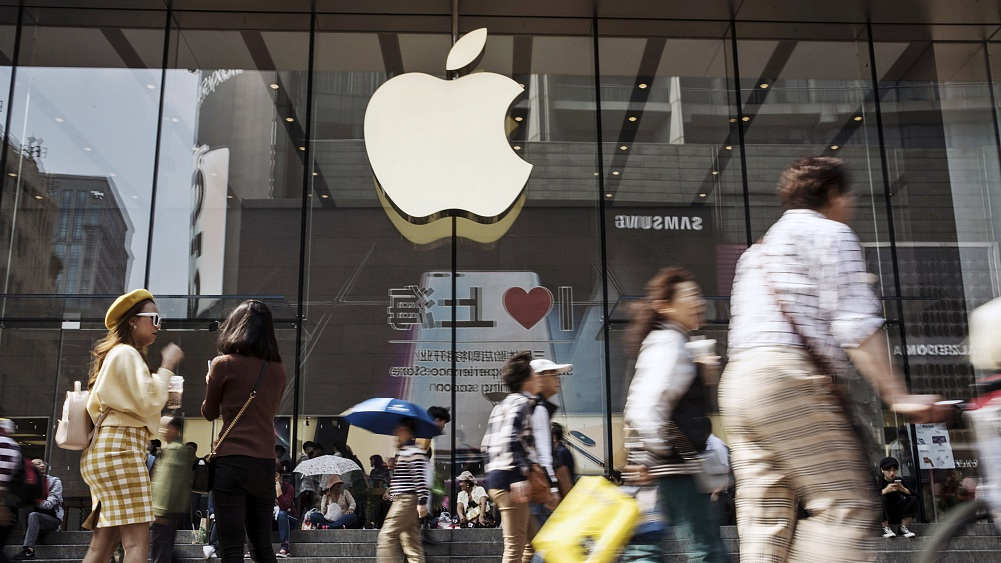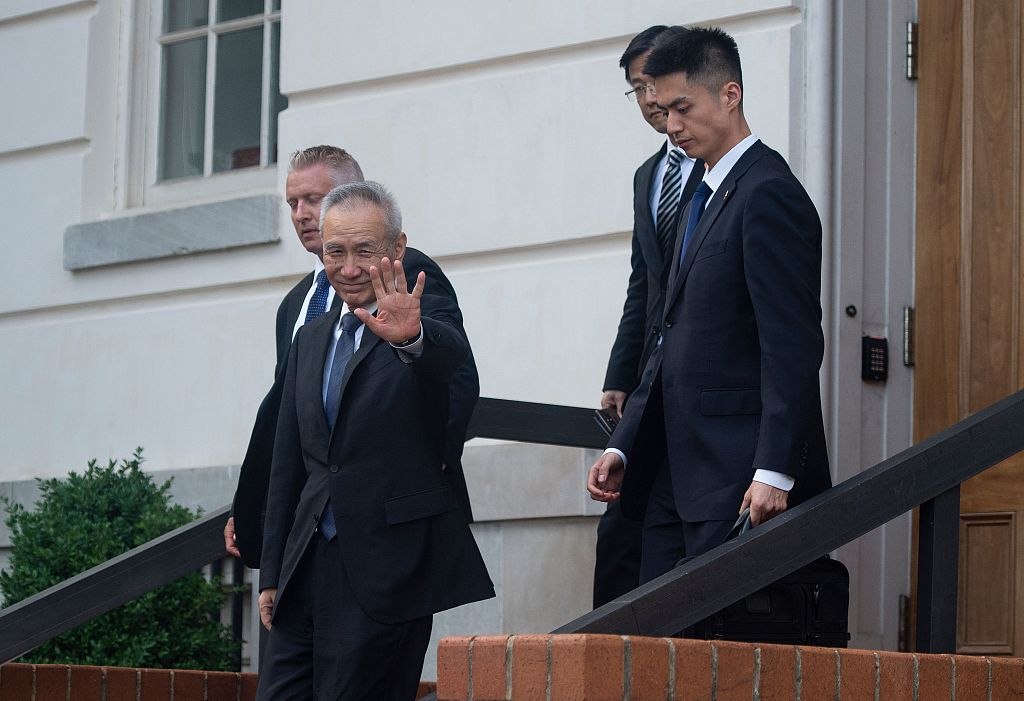
Analysis
20:24, 18-May-2019
The false U.S. depiction of China as a cheater
Updated
08:04, 19-May-2019
Xu Sicong

Early this month, the world was still hopeful that China and the U.S. could strike a deal soon and put an end to a bitter trade war that has rattled the world for over a year now. However, starting with Trump's later announcement of raising tariffs on 200 billion U.S. dollars worth of Chinese imports, the U.S. administration has all of sudden made a face-about and plunged the two countries' relations into unknown territory yet again.
It is widely held that Trump's dealing with China is nothing but a vicious attempt striving to blunt the country's global aspirations, which is seen as a dire threat for the U.S.'s superpower status.
The president's comments about America and its relations with the rest of the world reveal deep anxiety among some Americans who worry about the country's decline or it being "taken advantage of." Trump's signature slogan, "Make America Great" and comments that consistently underscore the U.S. leadership, such as, "We want to be the leader in this (5G). We're the leader in almost everything else," helps one make sense of his abrasive remarks and actions on China and on a couple of other countries that are believed to be hurting U.S. interests or threatening its position in the world.
This has consequently started a blame game which saw the U.S. vehemently attacking China and its economic policies for some of America's own economic woes.
If we rewind to last year, the tensions between China and the U.S. started with disputes in the trade area which have persisted until now. From the very start, Trump has been fixated on the U.S. trade deficit with China which he claims to have sit at 376 billion U.S. dollars in 2017.
However, as a swarm of analysts have pointed out so far, the way the number was calculated is flawed, as a large amount of the U.S. service trade surplus with China has been intentionally left out of the picture, giving the skewed impression that China is the only party that benefits from the trade relationship. Moreover, the fact that products made in other countries that assembled in China are all calculated as China's outputs also inflate the number.

Chinese Vice Premier Liu He waves as he leaves the Office of the United States Trade Representative after tariff negotiations in Washington, D.C., May 9, 2019. /VCG Photo
Chinese Vice Premier Liu He waves as he leaves the Office of the United States Trade Representative after tariff negotiations in Washington, D.C., May 9, 2019. /VCG Photo
For example, Stephen Roach, former chairman of Morgan Stanley Asia writes in an article published on Project-Syndicate that Trump has had no mention of "supply-chain distortions" – as a result, the U.S.-China trade imbalance is estimated to "be overstated by as much as 35-40 percent," he said.
At the same time, as trade tensions kept intensifying, China's "trade practices," not only its trade surplus, have also come under increasing scrutiny, such as its intellectual property rights protection.
On IP protection, however, while to be fair, the issue does remain a concern for foreign companies operating in China, the country has come a long way addressing the problem and it would be wrong for people like Trump to see IP violations in China as part of the country's broad scheme to cheat the international economic system and reap benefits off it. As Bloomberg reported, even the Global Innovation Policy Center, an affiliate of the U.S. Chamber of Commerce, recognized China's efforts to reform its patents and copyrights as well as people's awareness of IP rights.
Moreover, Roach, in the same article, also argues that criticism on China in this regard has been overblown and analysis has been "loose with facts." For example, regarding the IP theft that allegedly cost the U.S. economy between 225 billion and 600 billion U.S. dollars in 2017, he pointed out that, using proxy modelling, the IP Commission's claim that China contributed to 87 percent of the loss (including the mainland and Hong Kong) contradicts the number of China's alleged theft given by the U.S. Customs and Border Patrol which was only 1.35 billion U.S. dollars.
All of this lays bare the hysteria surrounding China's economic practices where the alleged China-inflicted pain on the U.S. economy has been blown up and China is depicted as deliberately attempting to exploit its economic link with the U.S. without giving anything in return.
The "America First" mentality is the cause of the sense of American victimhood here which has been manufactured by people like Trump. Now, the same mentality is driving the tensions even higher which now span a wide range of areas including trade, technology, culture as well as geopolitics. Even as the Chinese government has agreed to more U.S. imports and recognized the need for stronger IP protection and greater market access for foreign companies, which saw the country's legislature passing its foreign investment law earlier this year, the U.S. bashing has continued nevertheless.
This is deeply worrying. Clearly both sides need to address their concerns, but if the U.S. keeps throwing accusations at China that do not accurately capture real problems, it would be hard to expect an agreement between the two sides which leave them trapped in an unwanted situation as the continuing hostilities hurt both countries as well as the rest of the world. Last but not least, the non-stop blame game also causes the U.S. to come across as a bully and lose its credibility as a stabilizing force to the world.
(If you want to contribute and have specific expertise, please contact us at opinions@cgtn.com)

SITEMAP
Copyright © 2018 CGTN. Beijing ICP prepared NO.16065310-3
Copyright © 2018 CGTN. Beijing ICP prepared NO.16065310-3